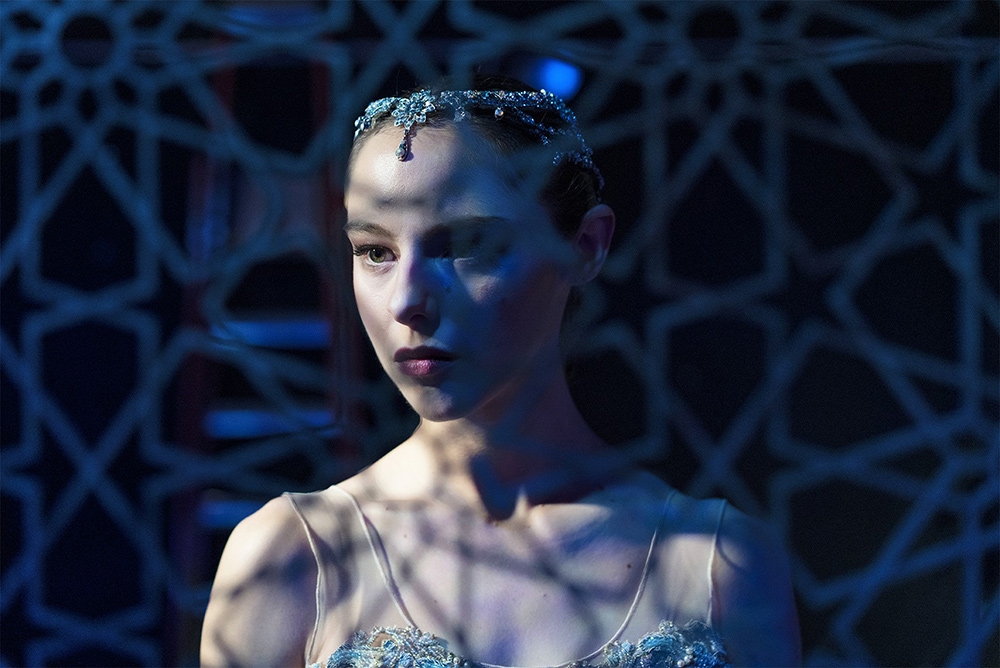!["Dancer in Paris" Director Cedric Klapisch wanted to film a drama about dancers that had never been depicted before [Director's Interview Vol.350]](https://cinemore.jp/images/da8536acaa1d4a5da69ec6301820e7ca362163365842b5bd0e0e7d1115346f66.jpg)
© Emmanuelle Jacobson-Roques
"Dancer in Paris" Director Cedric Klapisch wanted to film a drama about dancers that had never been depicted before [Director's Interview Vol.350]
The part that is taken by feeling and the part that is calculated and constructed
Q: It seems like you researched the amount of time dance and singing took up in classic musical films of the past, and based on that percentage, you cut out a lot of the dance scenes in this film.
Klapisch: As a director, I may be the type who prioritizes sensation. Having said that, I feel that it has both parts that are approached intuitively and parts that are constructed through careful calculation. That's why I'm proactive about research, like this time. Of course, I never expected that even in musical movies, 50% to 80% of the scenes would be dancing and singing. However, when I looked into 5 and 10 books, I found it interesting that they all had the same percentage (25% to 35%), so I used those numbers as reference.
Q: There were many moments where I could feel the director's ``sensuous'' shooting style. There's a beautiful scene in the middle of the movie where the dancers stroll along the seaside quay and spontaneously start dancing.
Klapisch: That's an important sequence where the main character, Elise, develops a love interest, so we tried to make it look like a documentary film. The actors' movements were mostly improvised, so don't they look like a making-of video during filming? There was a scene in this film where I felt like I was co-directing it with Hofesh Schechter (a popular choreographer who appears as himself in this film). There was a very strong wind blowing on the morning of the shoot, and the dancers from Hofesh's company took advantage of the strong wind to perform an improvisational dance. After that, the wind became weaker, so I used a fan to create a strong wind, which was a little artificial (lol).

"Dancer in Paris" © 2022 / CE QUI ME MEUT MOTION PICTURE - STUDIOCANAL - FRANCE 2 CINEMA
Q: The scene where Elise falls on stage and gets injured is shocking.
Klapisch: As an audience member myself, I have witnessed moments when female dancers were injured on stage. The performance stopped temporarily, and emergency personnel rushed to the stage. It was an extremely shocking situation, and many in the audience couldn't hide their shock. I directed the scene with those memories flashing through my mind, and I was very careful not to make any dangerous movements while making it look like he was truly injured. We asked Marion (Barbeau), the lead actor, to learn the techniques used by stuntmen.
Q: The main character, who has mastered classical ballet, faces an injury and finds a new path through contemporary dance, which shows your respect for dance as a whole.
Klapisch: We start with classical ballet and end with contemporary dance, and the music we use also switches between contemporary and classical. The purpose of confronting classical and contemporary is to ``fuse'' the two. I don't think one is better or worse than the other, but I believe that art can be enriched by incorporating avant-garde and innovation while keeping tradition alive. Many contemporary dancers have a classical background. My respect for them is expressed in the final scene.

